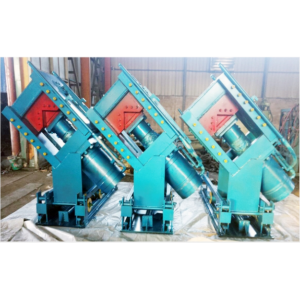Flying Wheel
Flying wheel, a disc-shaped part with a large moment of inertia, acts like an energy storage. For a four-stroke engine, work is done once every four piston strokes, that is, only the power stroke does work, and the exhaust, intake and compression strokes consume work. Therefore, the torque output by the crankshaft changes periodically, and the crankshaft speed is also unstable. In order to improve this situation, a flywheel is installed at the rear end of the crankshaft.
Function:
At the power output end of the crankshaft, that is, the side where the gearbox is connected and the power device is connected. The main function of the flywheel is to store the energy and inertia outside the power stroke of the engine. A four-stroke engine has only one stroke of energy to inhale, compress, and exhaust from the energy stored in the flywheel.
The flywheel has a large moment of inertia. Since the work of each cylinder of the engine is discontinuous, the engine speed also changes. When the engine speed increases, the kinetic energy of the flywheel increases and the energy is stored; when the engine speed decreases, the kinetic energy of the flywheel decreases and the energy is released. A flywheel can be used to reduce speed fluctuations during engine operation.
It is installed at the rear end of the crankshaft of the engine and has rotational inertia. Its function is to store the energy of the engine, overcome the resistance of other components, and make the crankshaft rotate evenly; through the clutch installed on the flywheel, the engine and the transmission of the car are connected; engine engagement for easy engine start. And it is the integration of crankshaft position sensing and vehicle speed sensing.
In addition to the external output, part of the energy transmitted by the engine to the crankshaft during the power stroke is absorbed by the flywheel, so that the speed of the crankshaft will not increase much. In the three strokes of exhaust, intake and compression, the flywheel releases its stored energy to compensate for the work consumed by these three strokes, so that the crankshaft speed does not decrease too much.
In addition, the flywheel has the following functions: the flywheel is the driving part of the friction clutch; the flywheel rim is inlaid with a flywheel ring gear for starting the engine; the top dead center mark is also engraved on the flywheel for calibration Ignition timing or injection timing, and valve clearance adjustment.
















